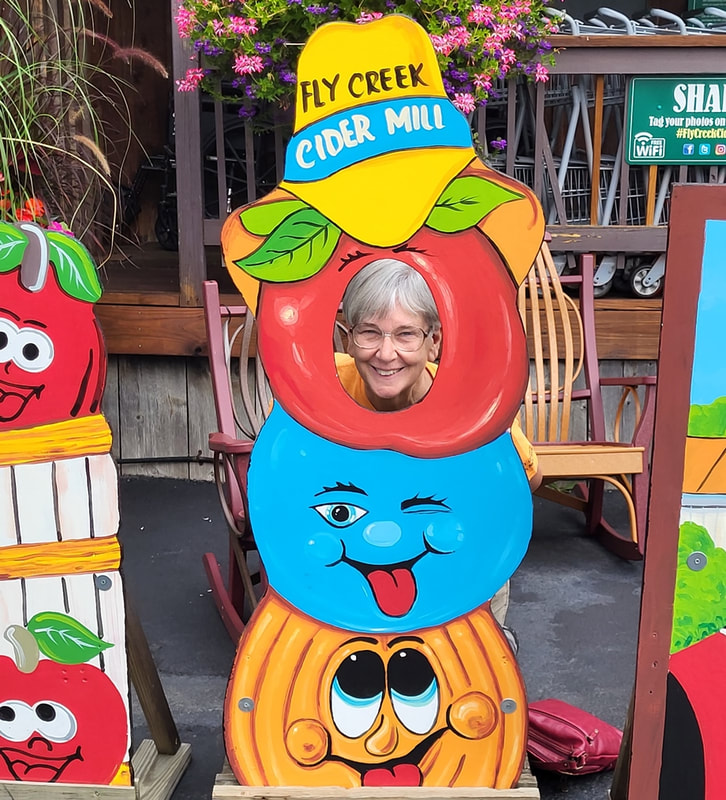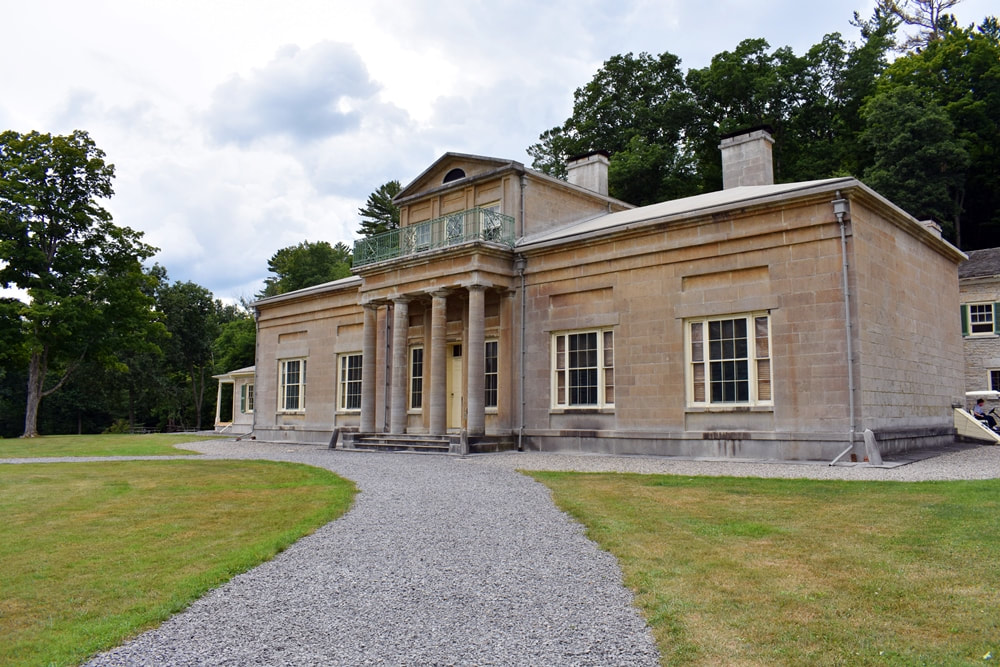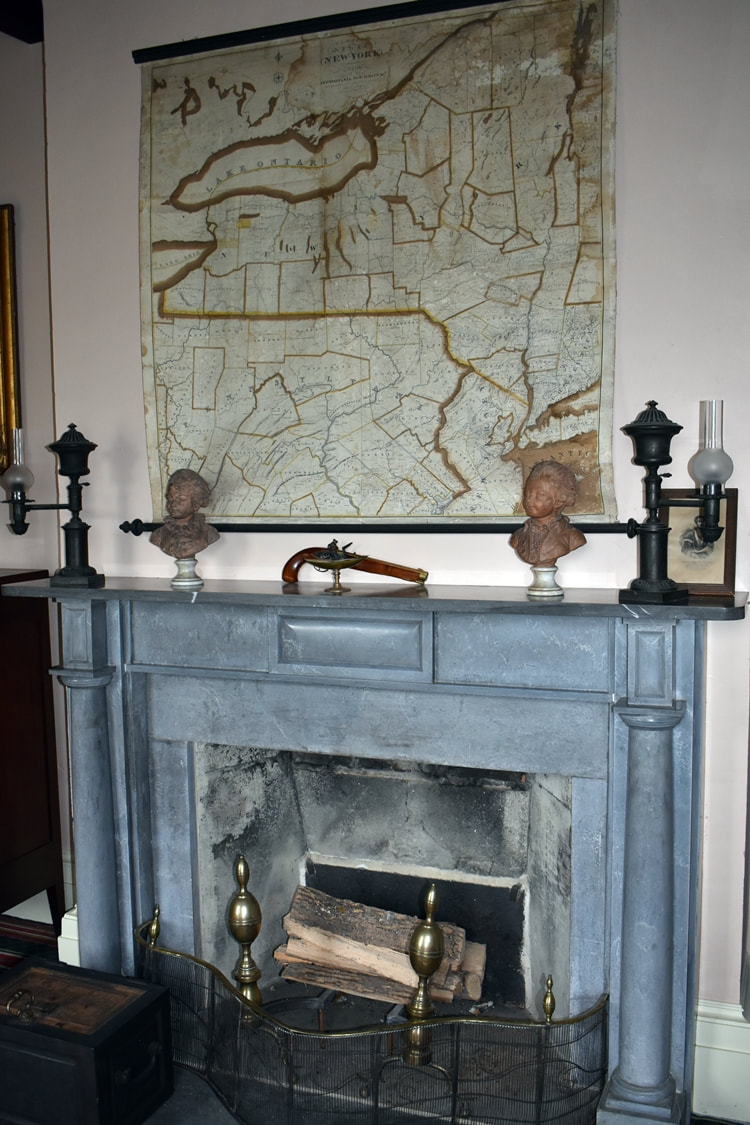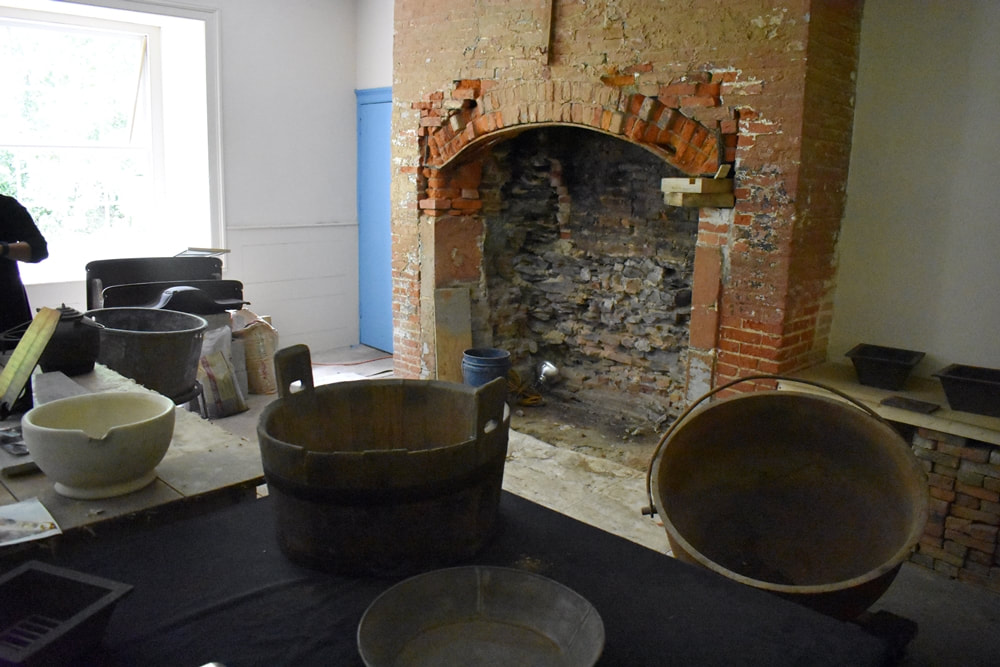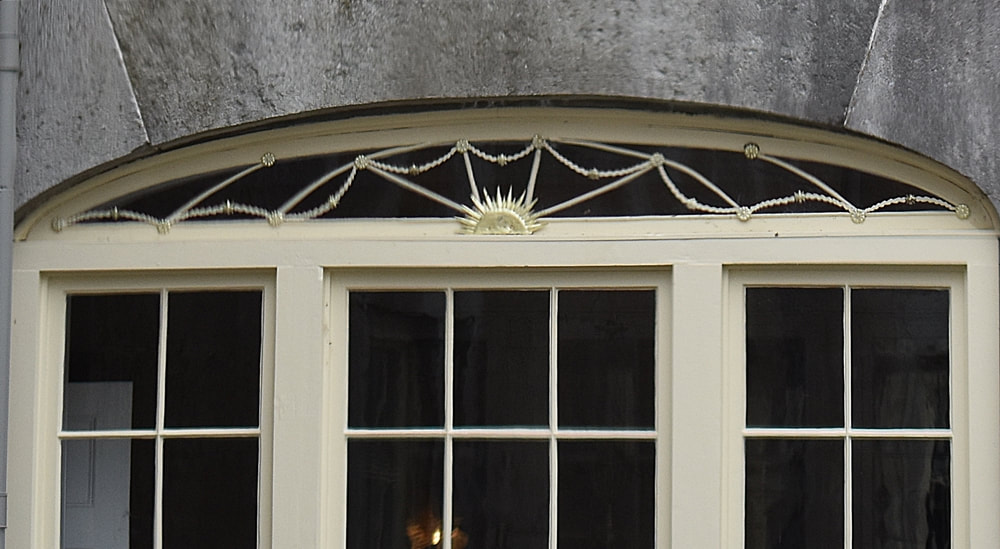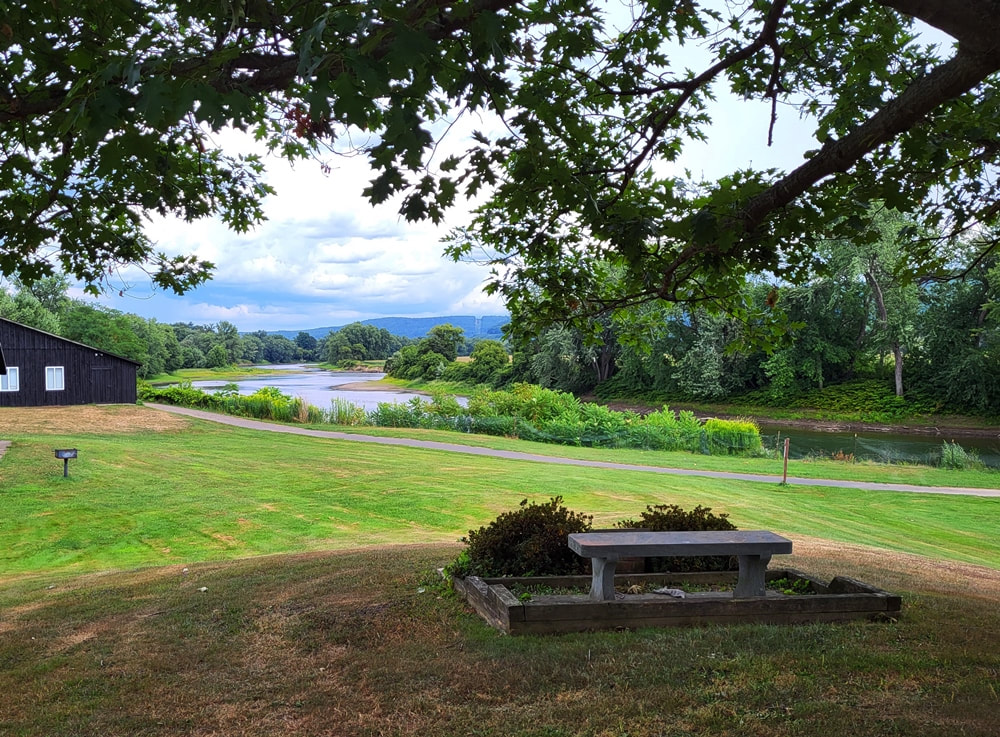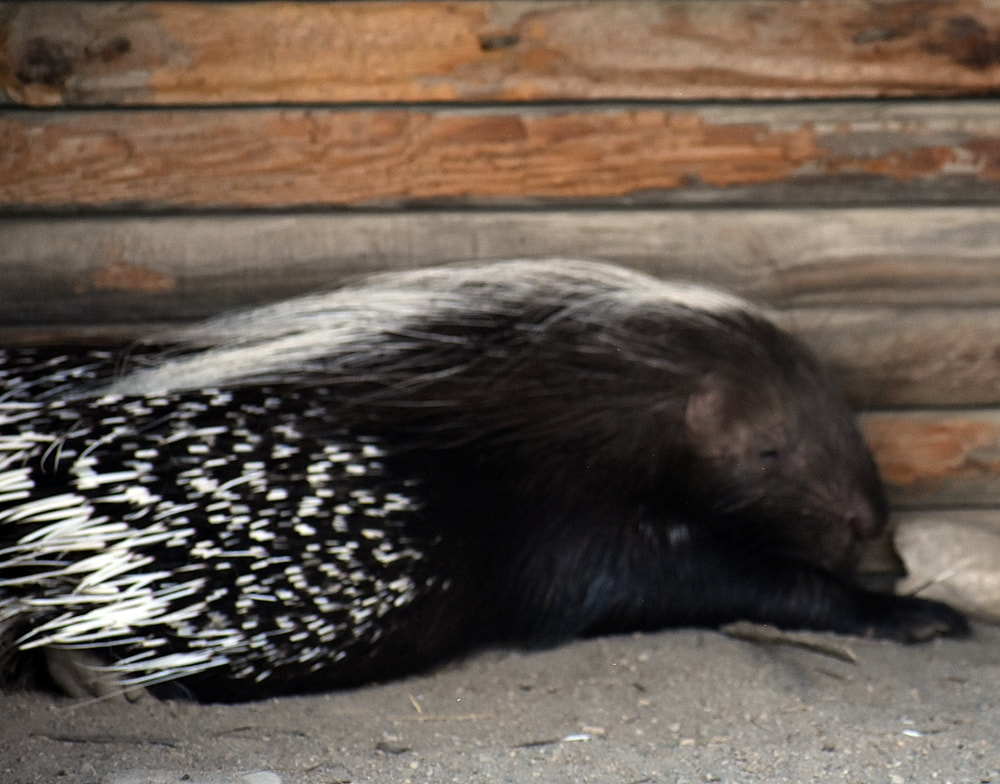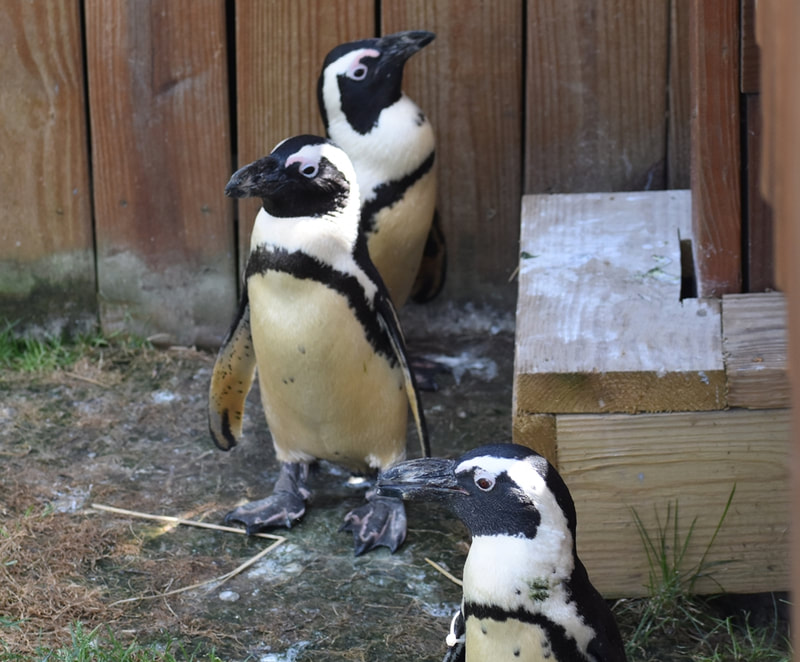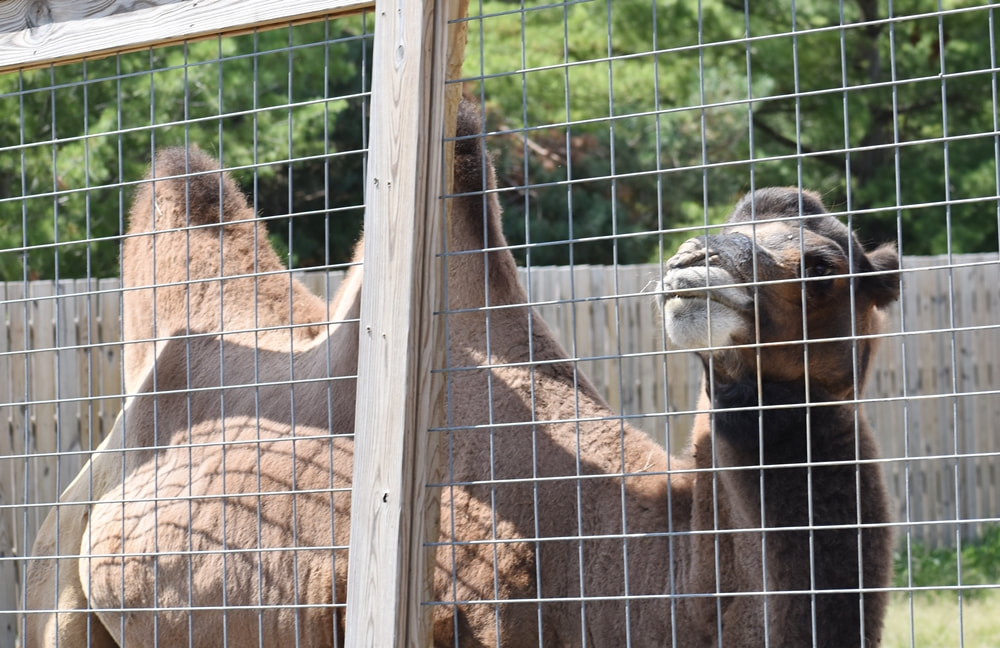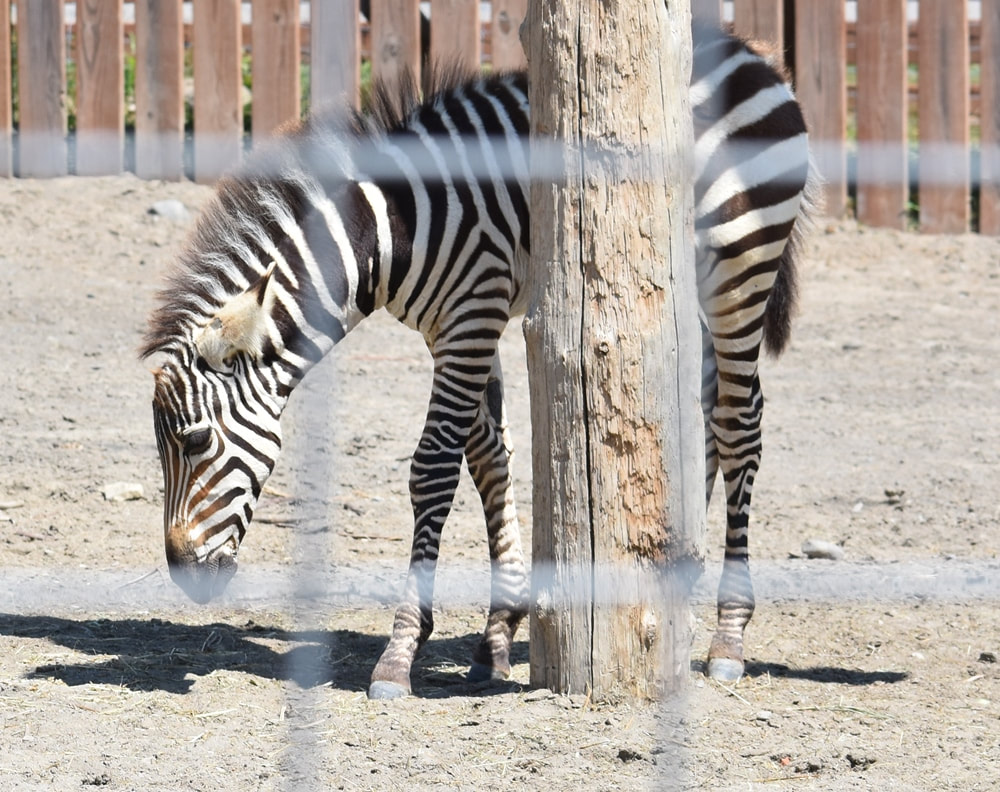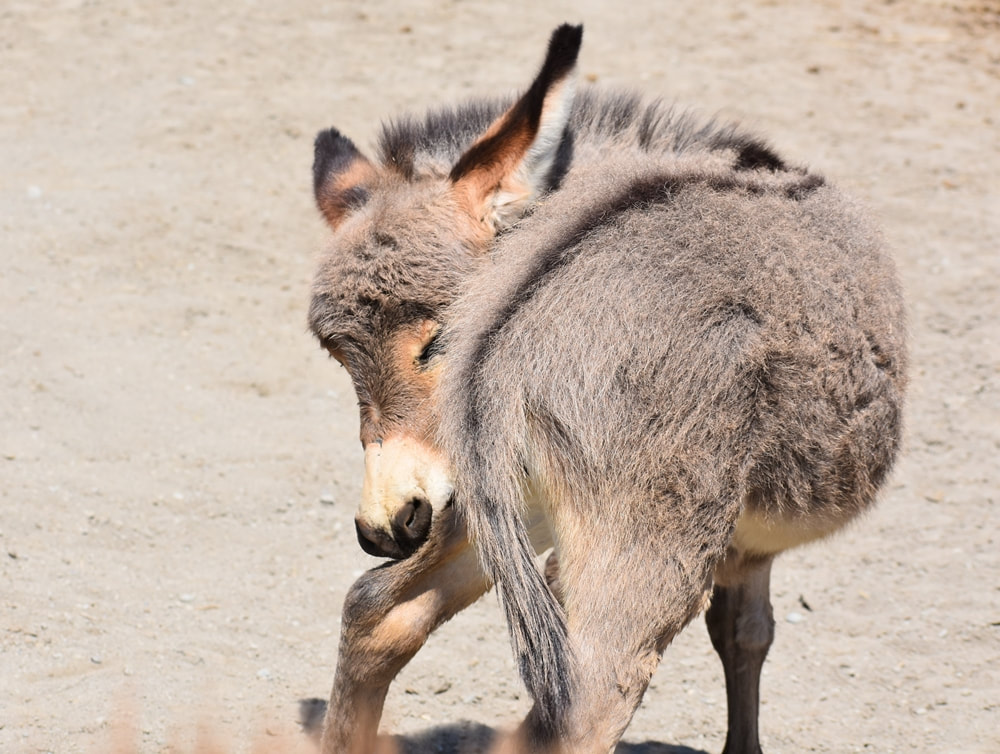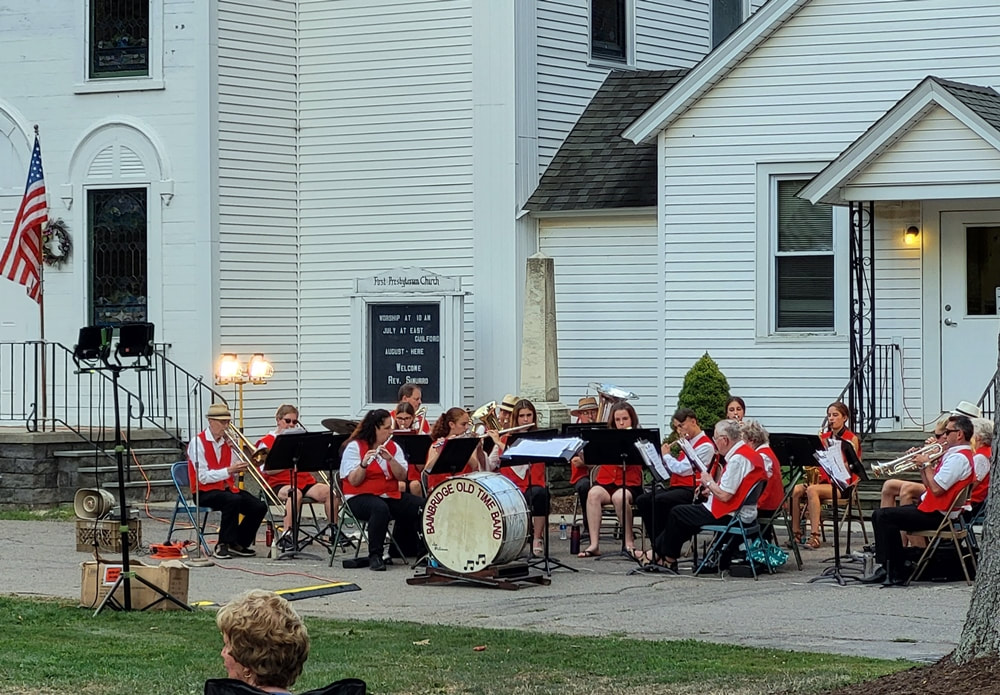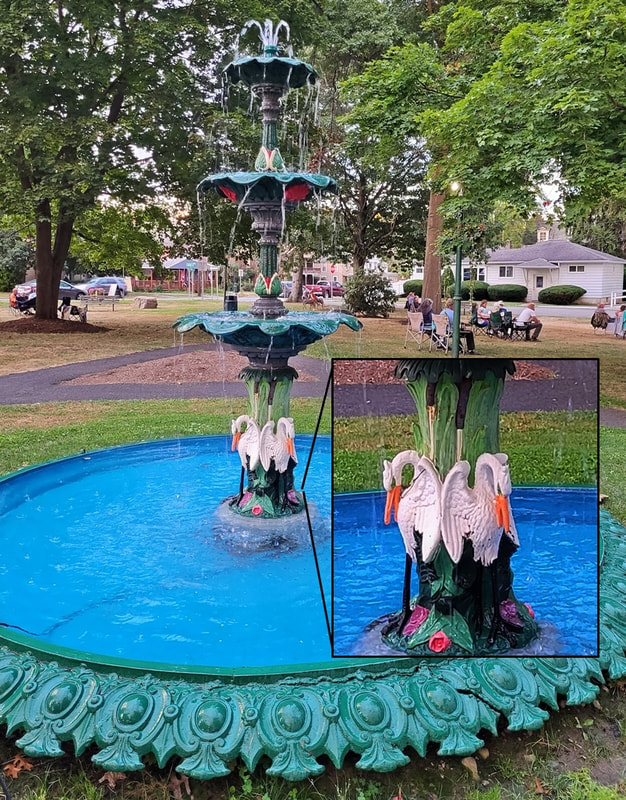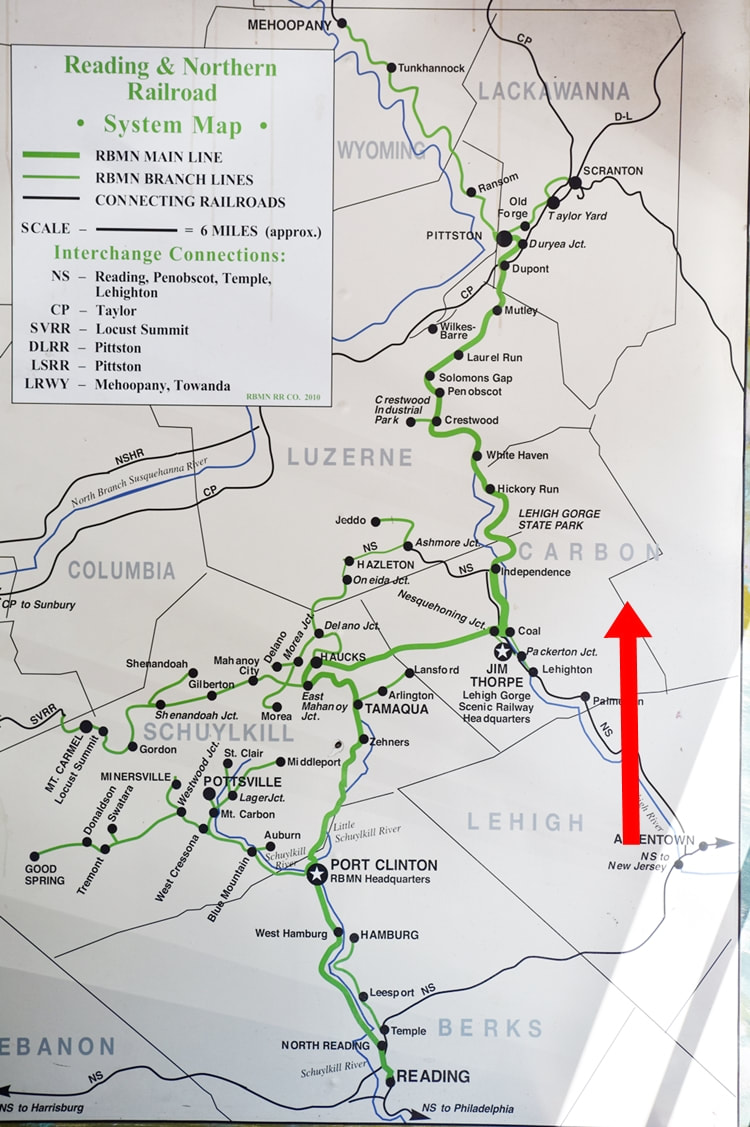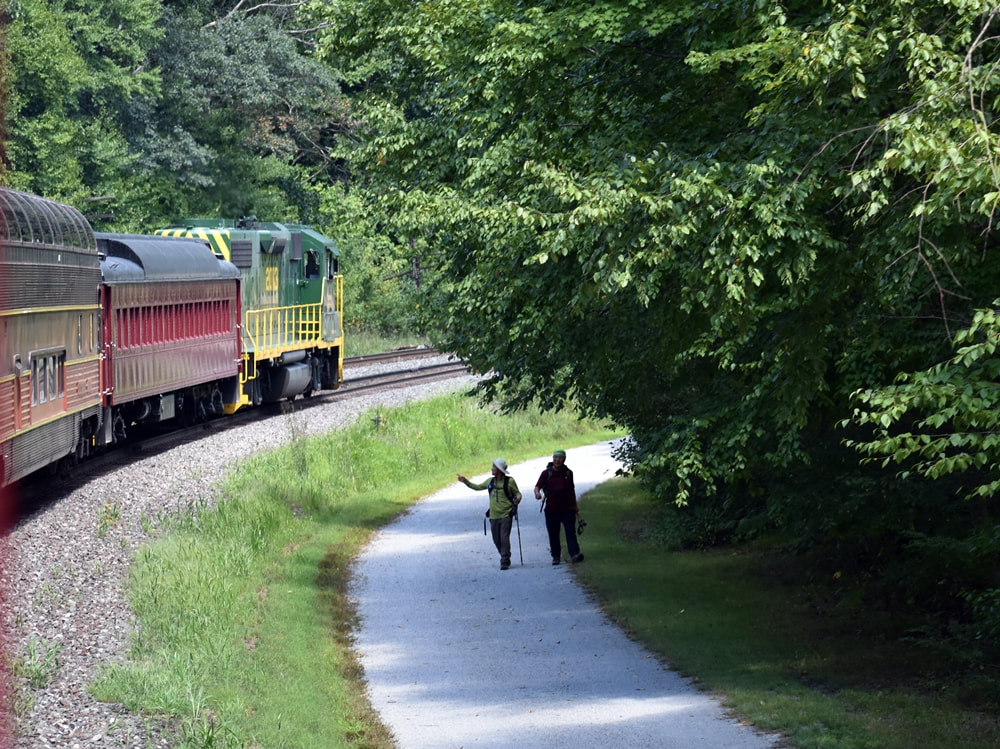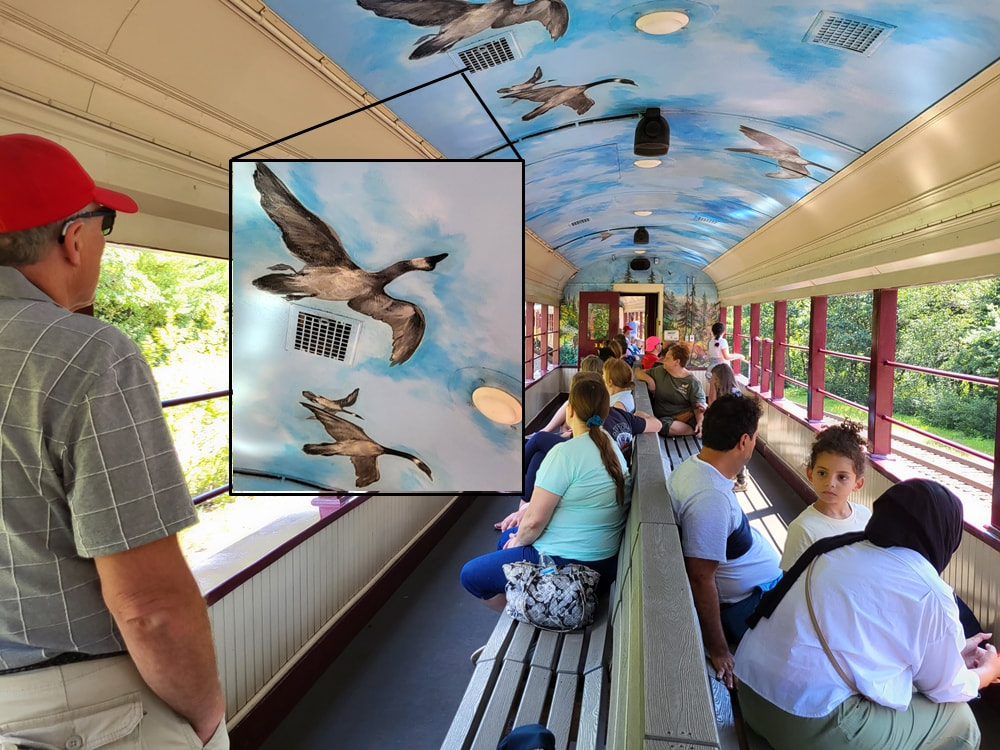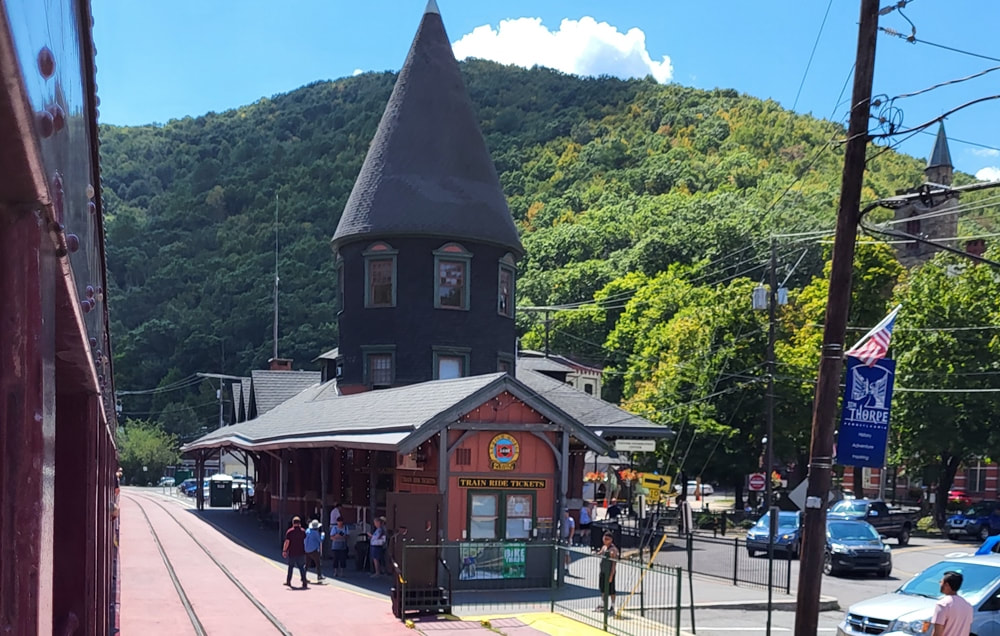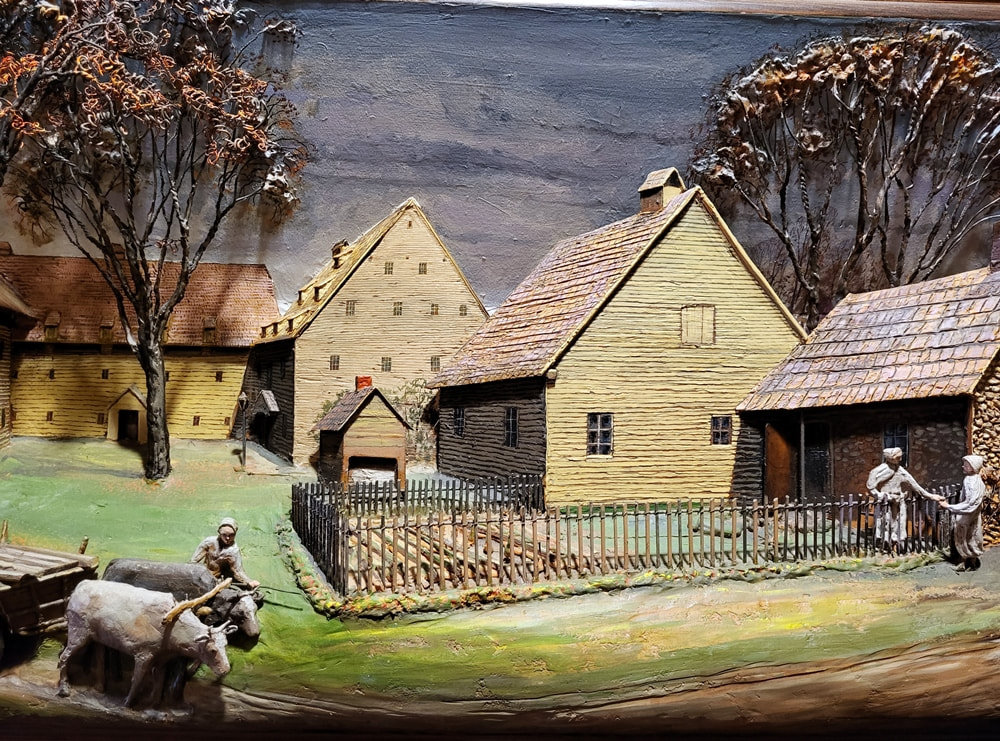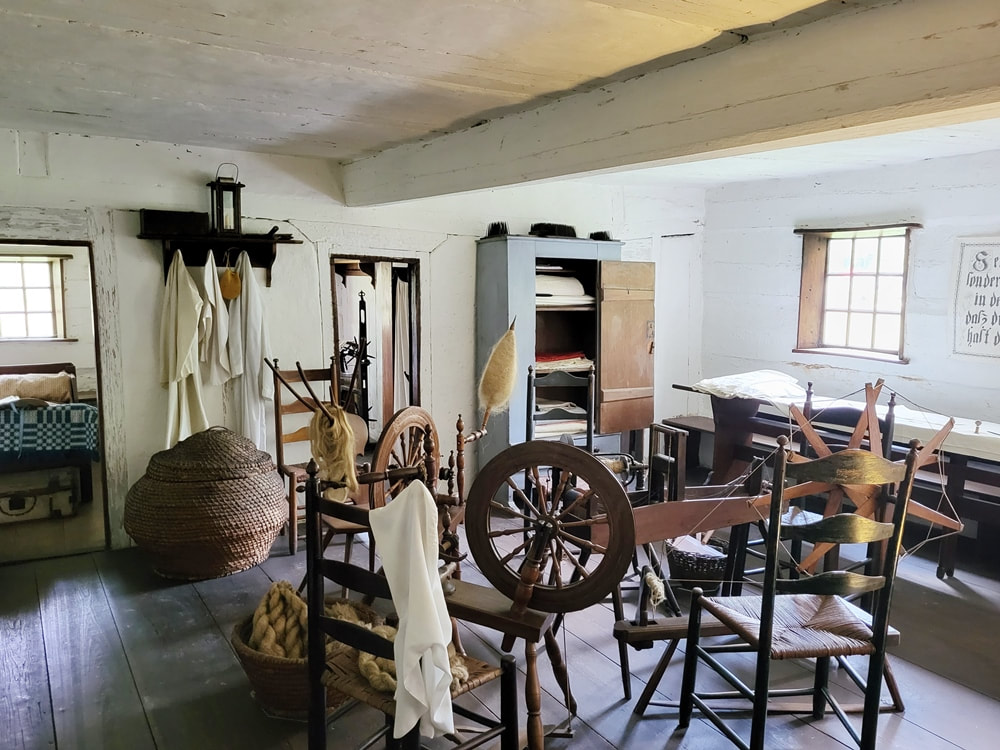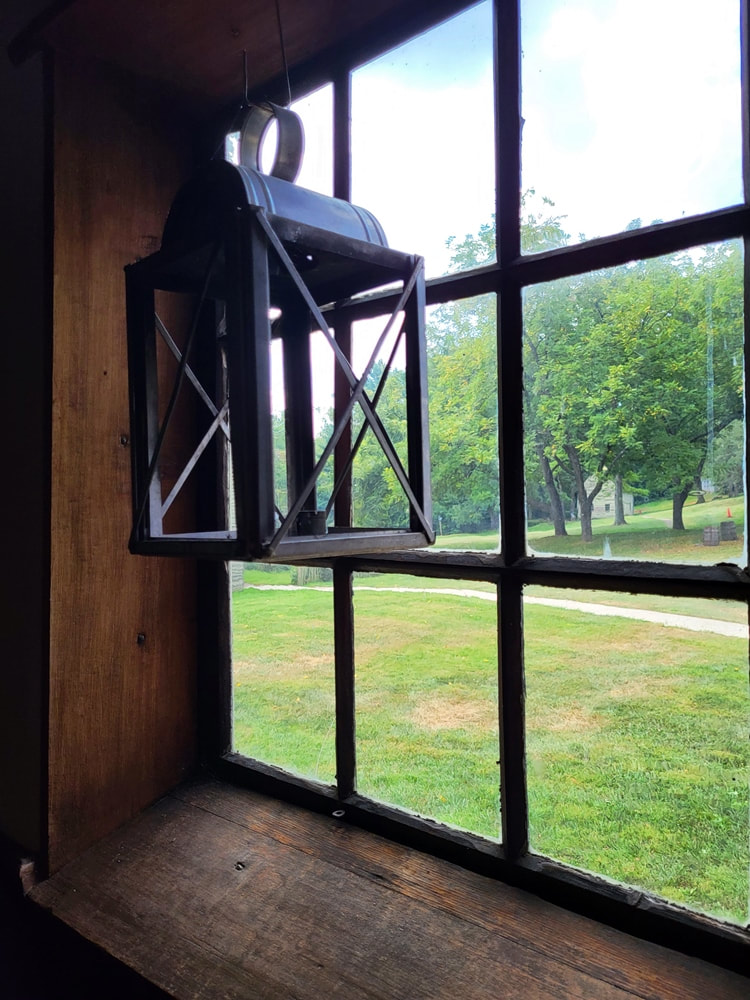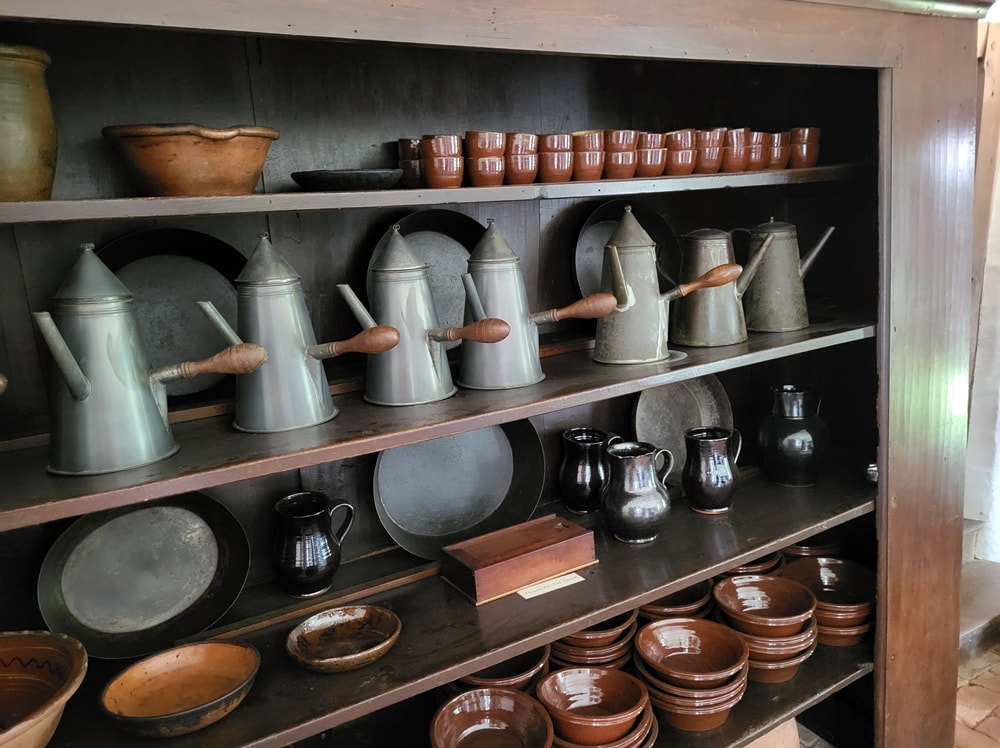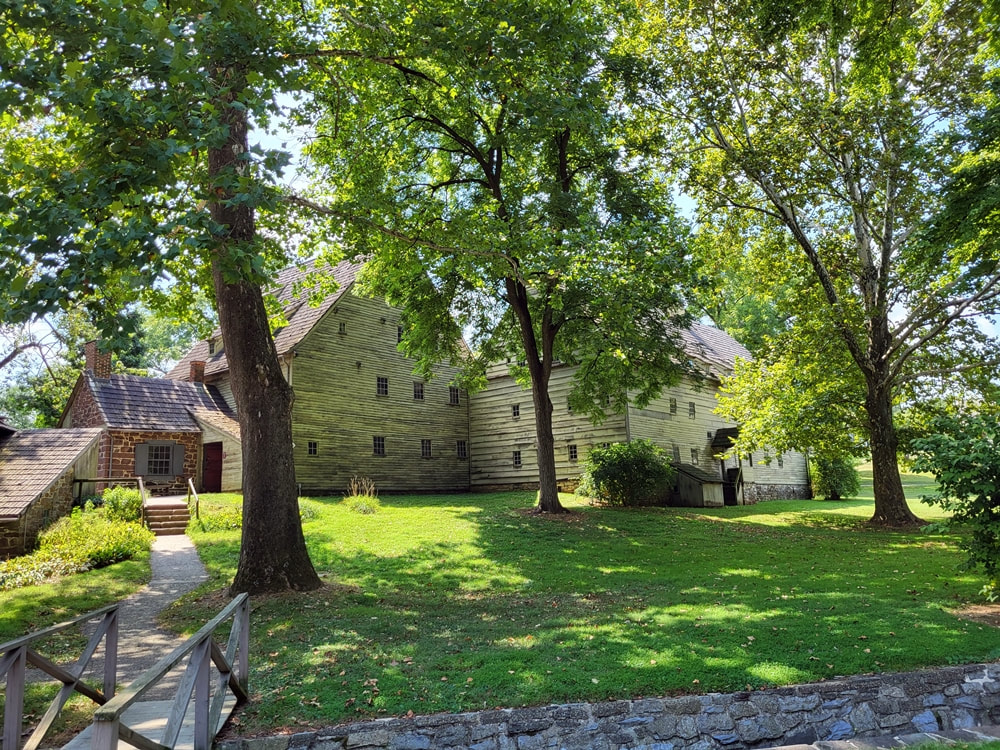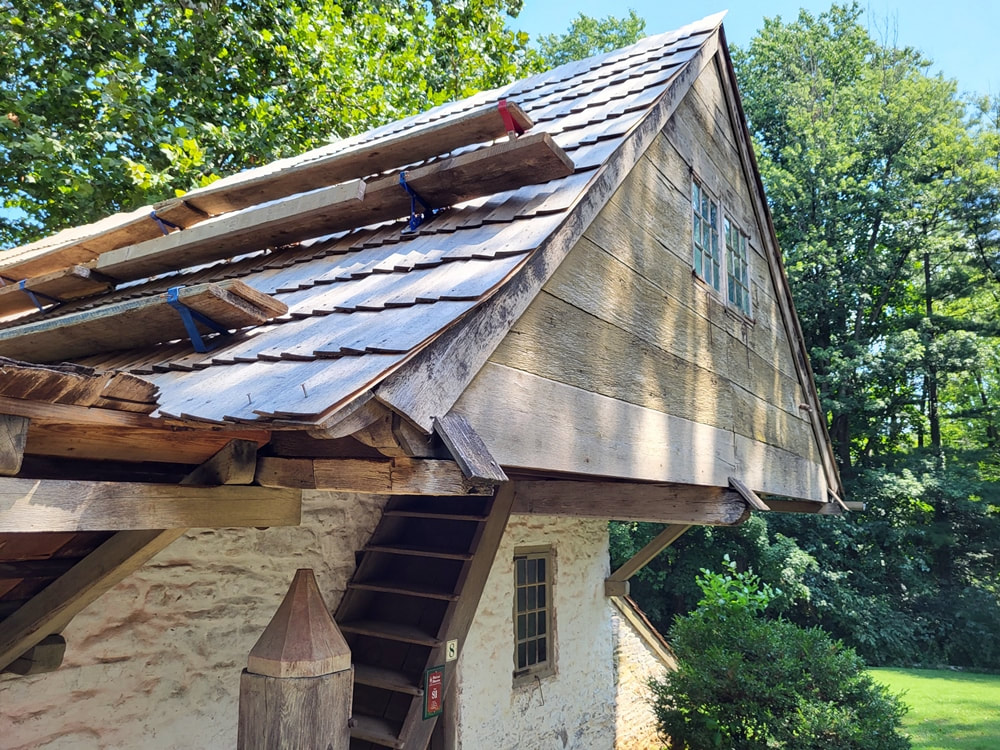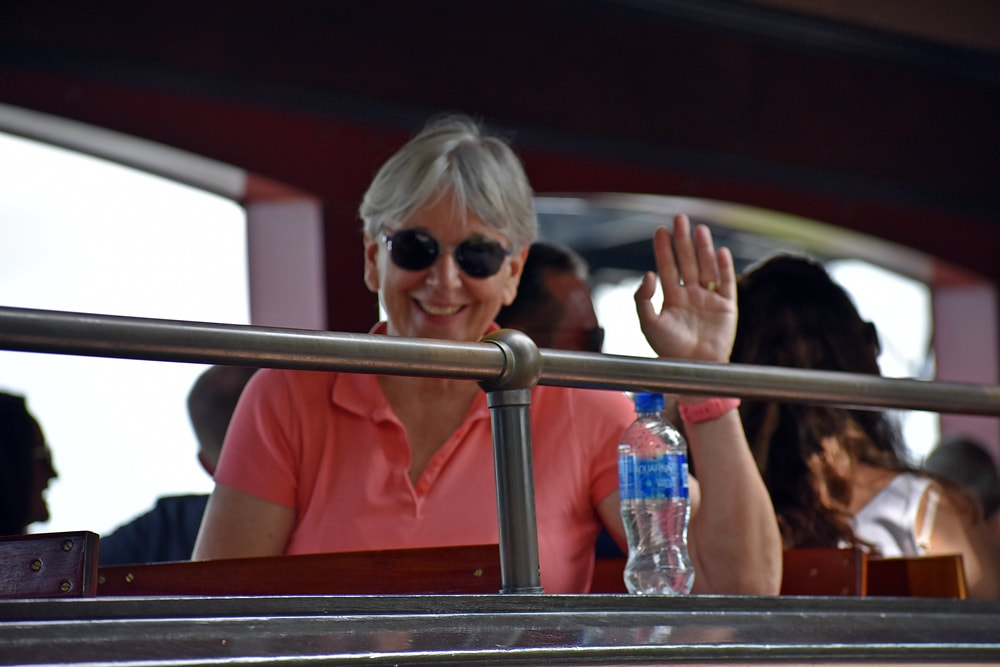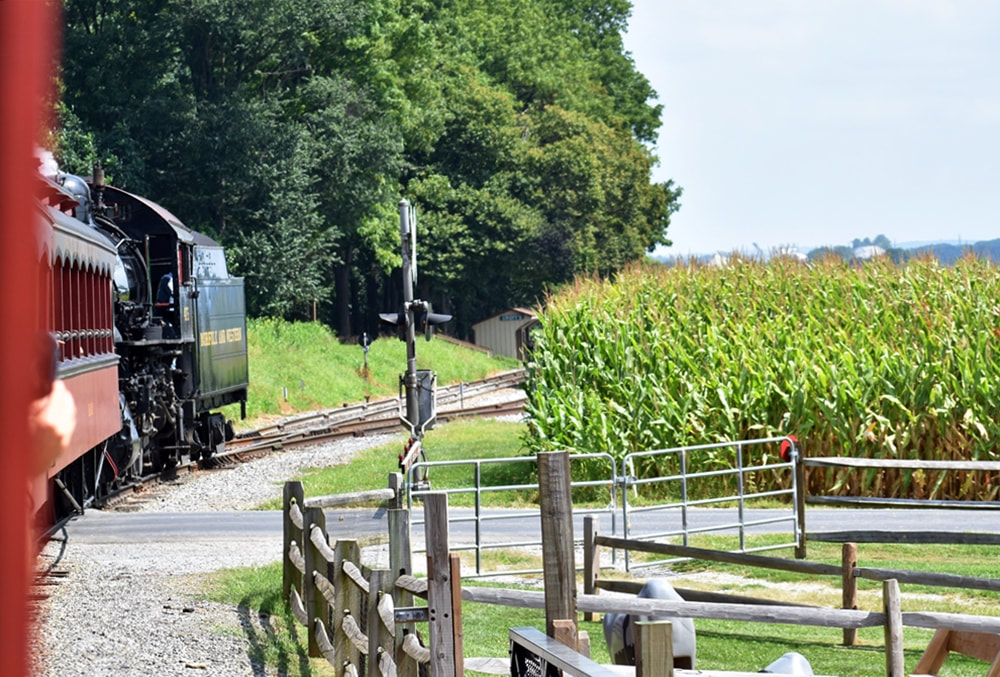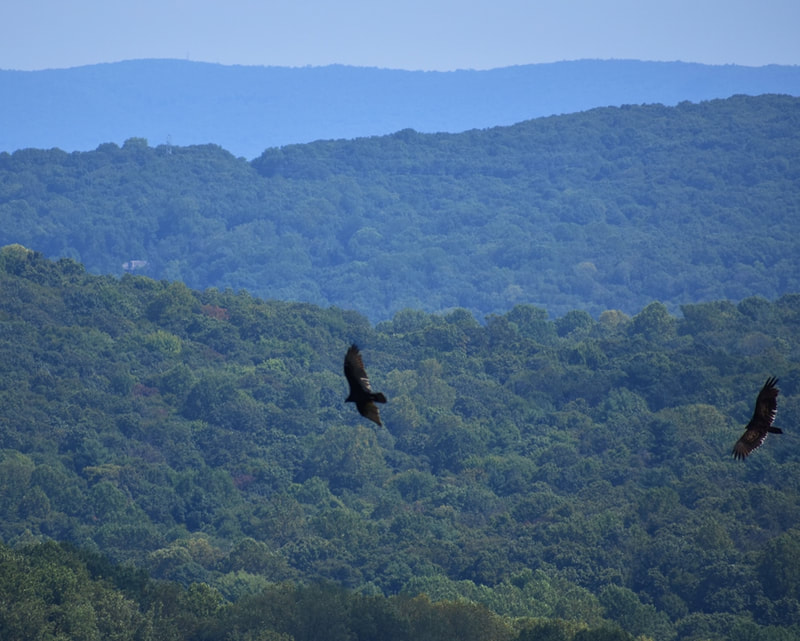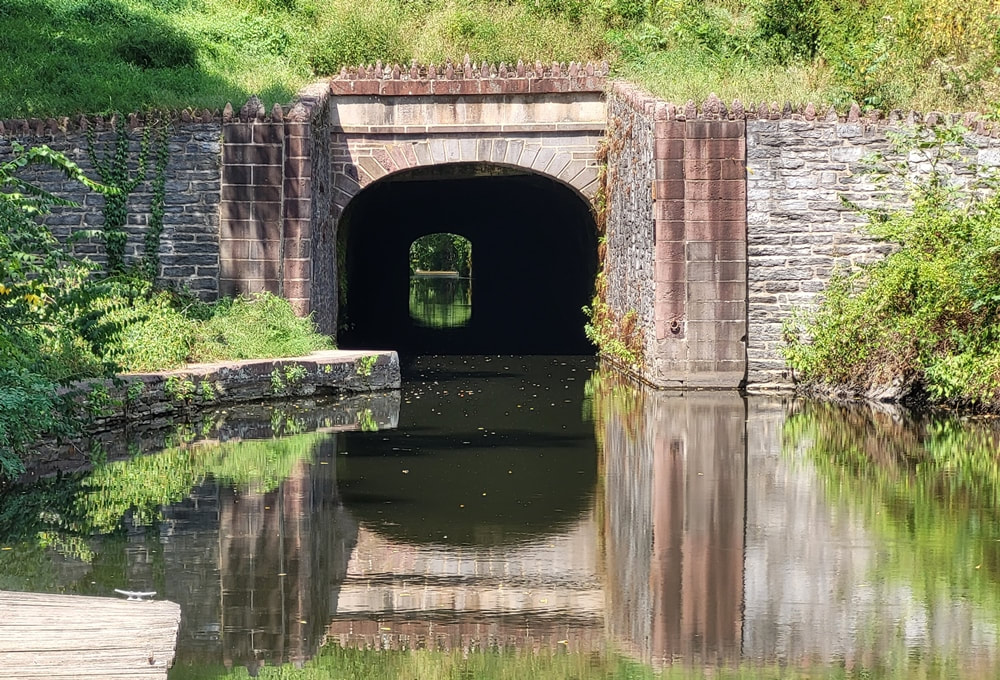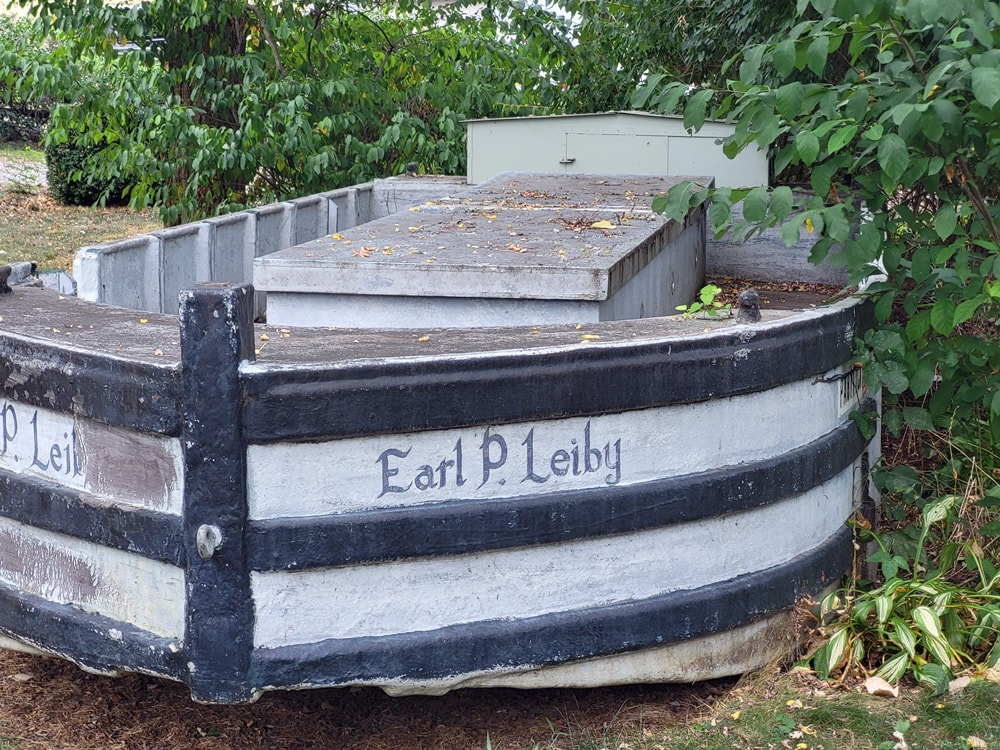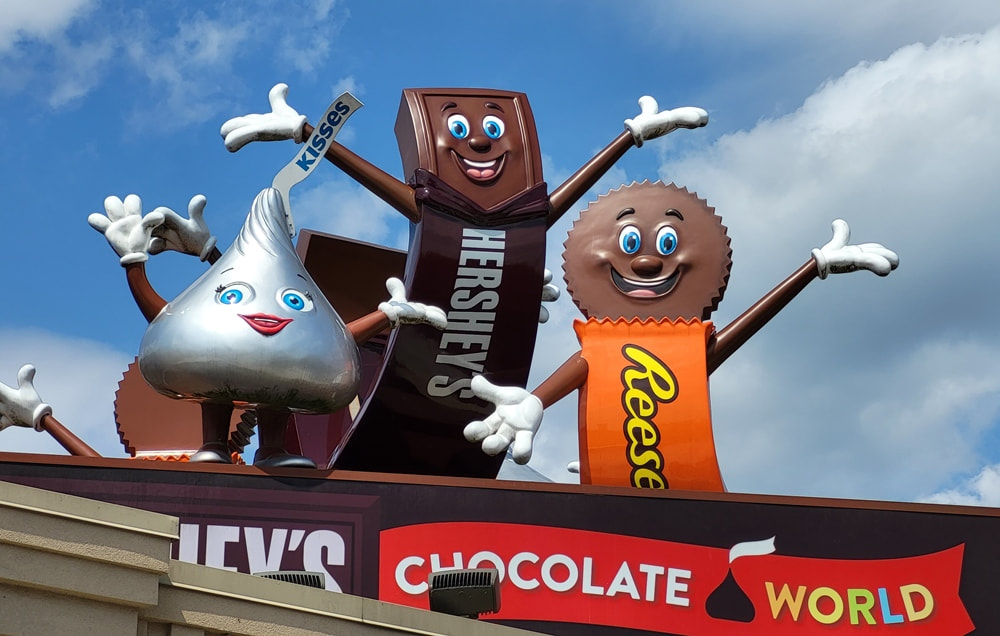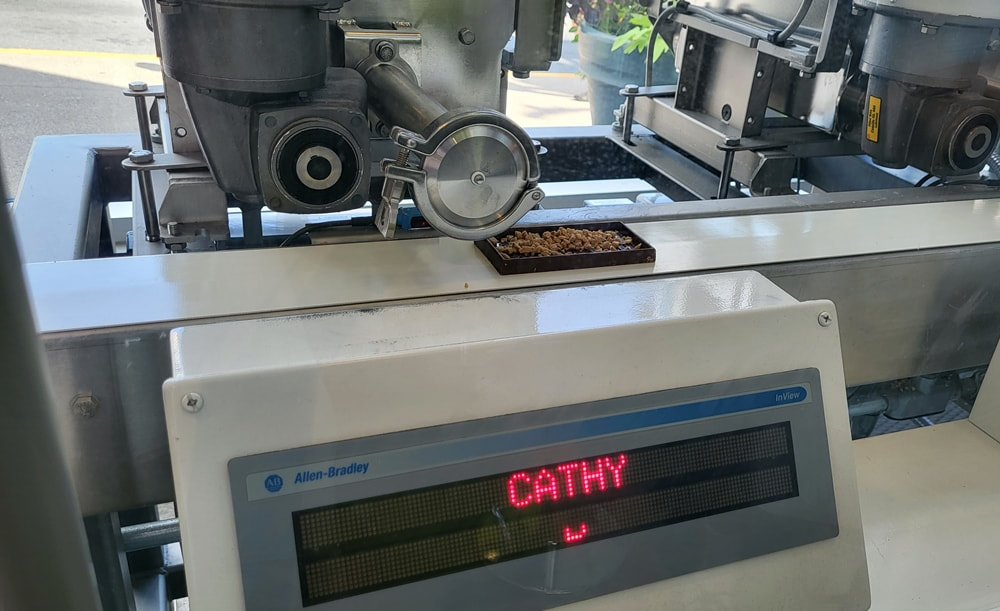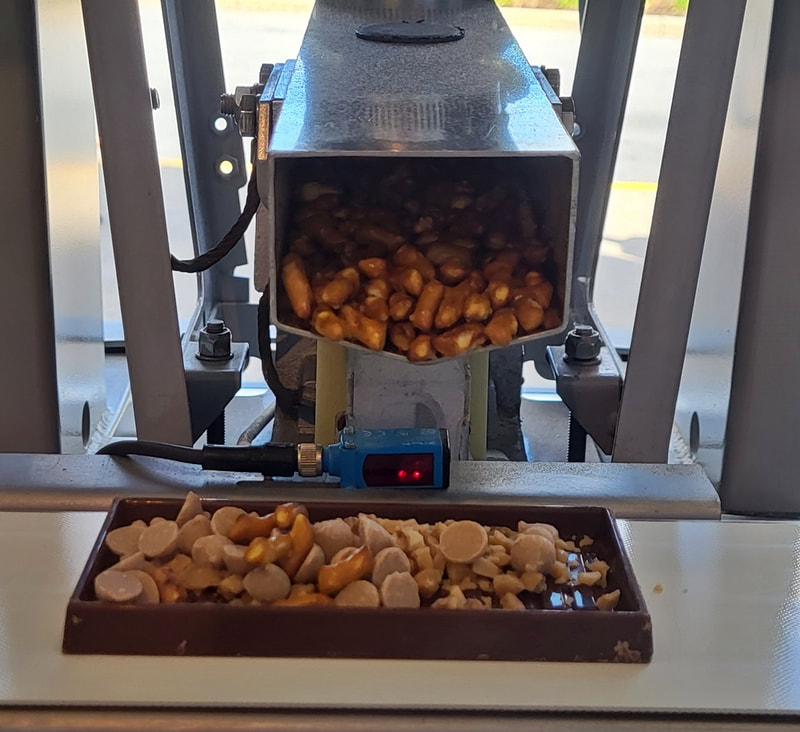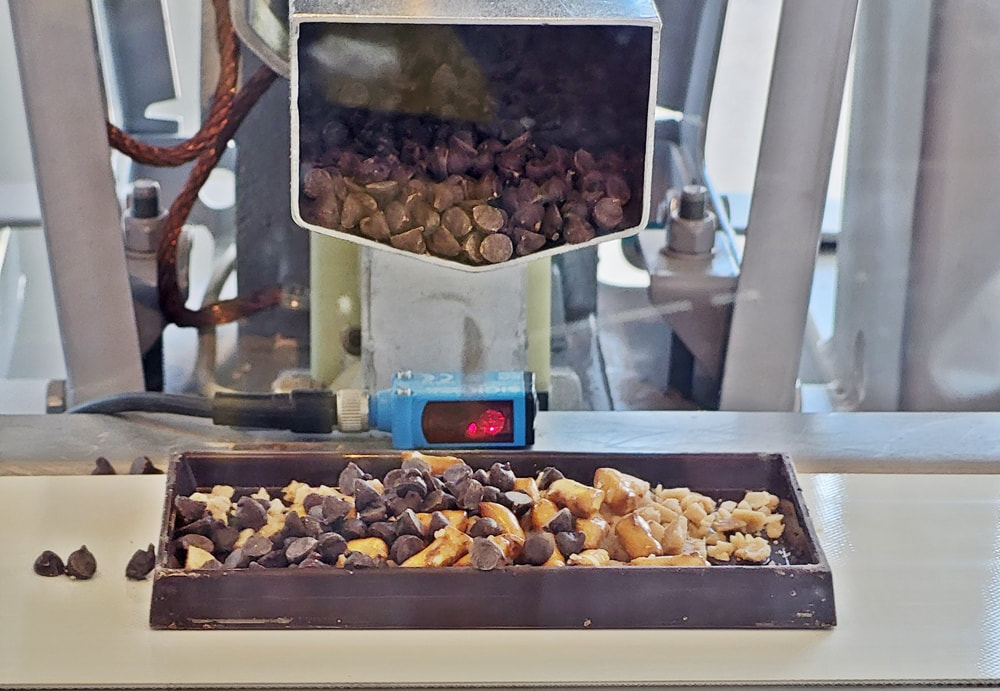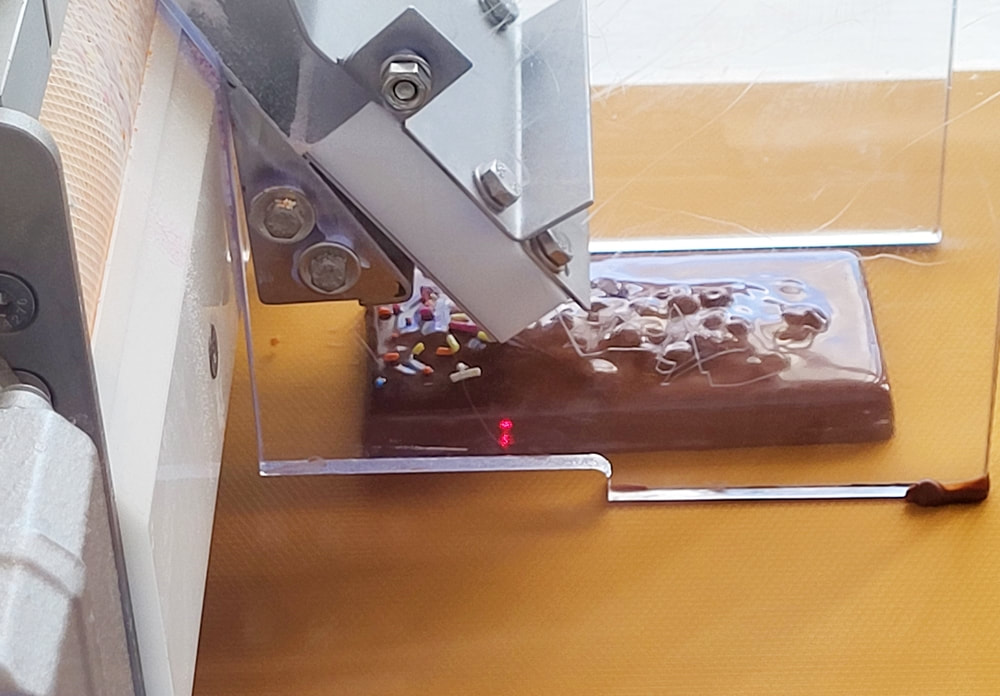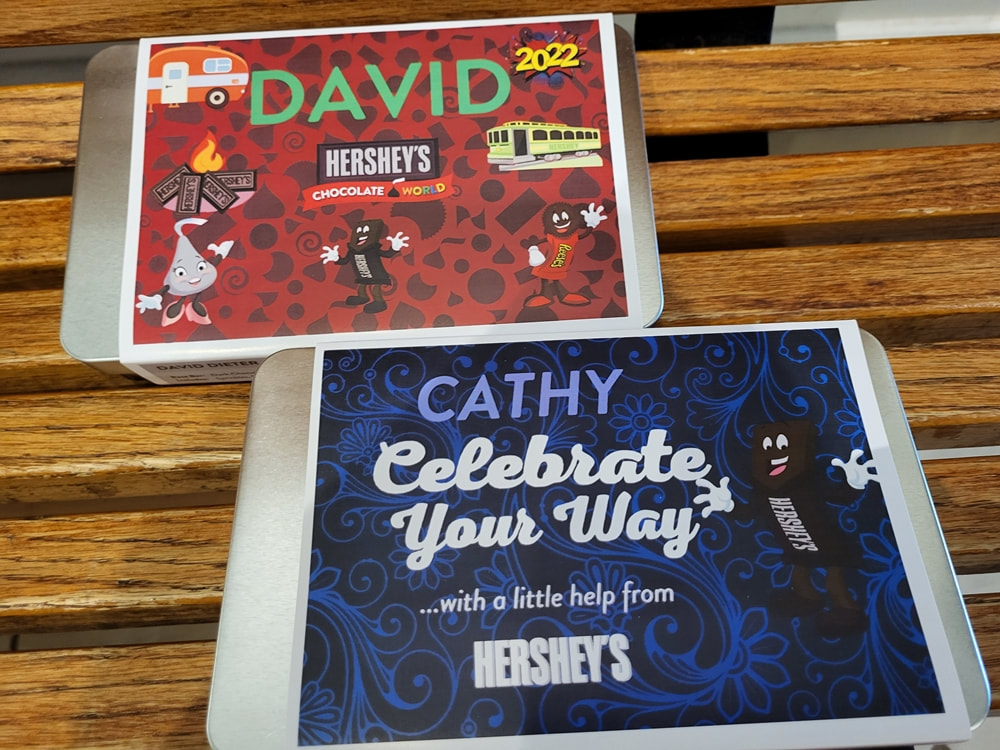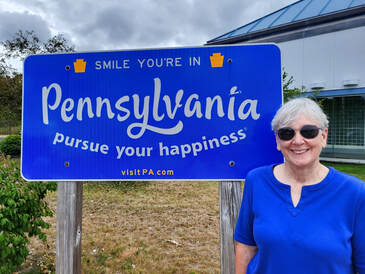
Having moved south out of NY’s North Country, we were winding down our travel through the state. Our last 2 stops in Cooperstown and Bainbridge brought us south to Pennsylvania where we finished out the month.
 Near Cooperstown. It's not glamorous, but it's home for 2 days.
Near Cooperstown. It's not glamorous, but it's home for 2 days. Cooperstown, NY
“Weight Limit 5 tons”.
What was that? We were at the end of our day’s travel and only a couple of miles from our destination at a Harvest Host site outside of Cooperstown.
Down that weight-restricted road.
Since our truck and rig weighs about 9 tons, we called our host for the night to ask what was ahead of us. He was confused about the sign, saying he had taken full dump trucks up and down that road. Since this was the north entrance, we looked at the south entrance to the road. It crossed a bridge that CoPilot (our RV-customized navigation software) gave no information about, which usually means it's OK, but not always. We opted to drive south to cross the bridge and, while driving called the local Sheriff’s office to get more info. They had none.
As we approached the bridge, we breathed a sign of relief when it was a 13-ton limit. A short distance and no more restrictions later, we were greeted by our host in person and backed into a full hook-up site for the next 2 nights. Later, we drove the road and saw nothing that was weight limited on its full length, but we would have had an even more stressful arrival if we had seen the weed-obstructed 5-ton limit sign that we had missed on our journey north on the road.
“Weight Limit 5 tons”.
What was that? We were at the end of our day’s travel and only a couple of miles from our destination at a Harvest Host site outside of Cooperstown.
Down that weight-restricted road.
Since our truck and rig weighs about 9 tons, we called our host for the night to ask what was ahead of us. He was confused about the sign, saying he had taken full dump trucks up and down that road. Since this was the north entrance, we looked at the south entrance to the road. It crossed a bridge that CoPilot (our RV-customized navigation software) gave no information about, which usually means it's OK, but not always. We opted to drive south to cross the bridge and, while driving called the local Sheriff’s office to get more info. They had none.
As we approached the bridge, we breathed a sign of relief when it was a 13-ton limit. A short distance and no more restrictions later, we were greeted by our host in person and backed into a full hook-up site for the next 2 nights. Later, we drove the road and saw nothing that was weight limited on its full length, but we would have had an even more stressful arrival if we had seen the weed-obstructed 5-ton limit sign that we had missed on our journey north on the road.
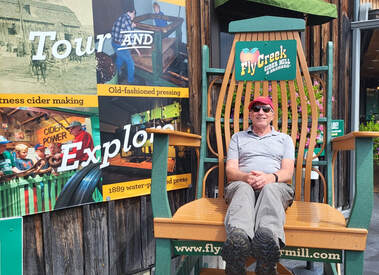 Dave at Fly Creek Cider Mill
Dave at Fly Creek Cider Mill When you hear Cooperstown, even if you’re not a baseball fan, you think Baseball Hall of Fame. While we are aware of this big attraction, we were not in the area very long, and not sure how we would spend our time. Driving through “downtown” Cooperstown on the south shore of Otsego Lake, we were taken aback by the congestion generated by the Hall of Fame. Maneuvering our long-bed truck into some tight parking was not appealing, and given our short stay, we decided to include the baseball tour on another visit.
Instead, we visited the nearby Fly Creek Cider Mill and drove around to the northeast shore of Otsego Lake (which is, by the way the source of the Susquehanna River) to see Hyde Hall within Glimmerglass State Park.
Instead, we visited the nearby Fly Creek Cider Mill and drove around to the northeast shore of Otsego Lake (which is, by the way the source of the Susquehanna River) to see Hyde Hall within Glimmerglass State Park.
 The cider press stands ready for this year's first apples.
The cider press stands ready for this year's first apples. Fly Creek Cider Mill has been using the waters of Fly Creek to power its cider press for 165 years. The family-owned business is a destination that includes tastings, tours, a shop full of their own and local merchandise and an adjacent snack bar that has some great food. When we sampled their cider, we both were amazed at the fresh unadulterated taste of just apples. It was August after all. How was that possible? We spoke to the owner about this and he explained that once the cider is pressed, it is UV-stabilized and then he freezes 5,000 gallons. That allows him to sell fresh cider throughout the year. After our tasting, we chose to have a glass of cider as the drink included with our hot pot roast sandwich (another delectable treat) and then took a gallon home with us.
 Hyde Hall in Glimmerglass State Park
Hyde Hall in Glimmerglass State Park Pulling into Glimmerglass State Park, we expected to check out the campground, drive through the park and then hike one or 2 of its trails. What we didn’t expect to do was tour an early 19th century mansion sitting on a hill overlooking the park. Glimmerglass was originally part of the Clarke family estate, and when the state acquired the lands for the park, it also became the owner of the mansion, named Hyde Hall. The state was originally less than thrilled with having this albatross on its hands and planned to tear it down to build tennis courts. A Clarke family descendant went to work to keep this from happening. Eventually, a non-profit was formed to preserve the house and began the difficult and painstaking process of restoring it.
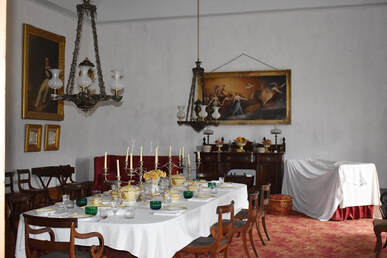 Hyde Hall dining room
Hyde Hall dining room Hyde Hall was the largest private house constructed in the US between the Revolution and the Civil War. The house was built from locally-quarried limestone, and although this gave the exterior an institutional appearance, it ensured the building would survive. However, the interior had been allowed to deteriorate badly after the last of the family moved out in the 1960’s. As a result it took years of work and money to restore it to much of its original glory. As the transformation took place, much of the original furnishings and items were brought back to the mansion. The tour therefore allowed you to step back in time to 1835 when the original George and Ann Clarke were in residence.
 Bust of Anna Clarke Pell
Bust of Anna Clarke Pell The Clarkes had a tempestuous relationship with their tenant farmers. The George Clarke who built the mansion had inherited the land (120,000 acres) from a great-grandfather, who amassed it while serving as Secretary and then Lt. Gov of NY in the early 1700’s . Grandson George arrived in America shortly after the Revolutionary War to make the claim that even though he was British, he could keep this land, since he didn’t fight in the war on the side of the British. To the dismay of the locals, he won his claim. However, over the next century relations with the tenant-farmers erupted into a couple of “Rent Wars” that took a toll on the family’s fortunes.
 Lighting the vapor chandelier
Lighting the vapor chandelier One of the more interesting “state of the art” items built into the elaborate mansion were vapor chandeliers. These had no candles, and the wick served only to ignite an alcohol mixture that burned without the soot that might darken walls and ceilings. We were given a demonstration of the lighting process. Also, to our surprise on our tour was one of the Clarke descendants who had visited the hall as a child.
 General Clinton town park was our home for 4 days in south central NY.
General Clinton town park was our home for 4 days in south central NY. General Clinton Park - Bainbridge, NY
We found this little town park in Bainbridge NY through Passport America, though it is not a typical Passport America campground. The town doesn’t take reservations, and we wanted to stay over the weekend. So we arrived on a Thursday and easily found a spot with water and electric. Although not officially a pull-through site, we were able to enter it as if it were. Very easy. After walking around the park, we discovered there were dozens and dozens of sites available. That must be how they host the FMCA rally each year. When we asked a local what there is to do around Bainbridge, he initially couldn’t think of anything. But then he mentioned a band concert on Friday night. We also discovered a few things on our own.
We found this little town park in Bainbridge NY through Passport America, though it is not a typical Passport America campground. The town doesn’t take reservations, and we wanted to stay over the weekend. So we arrived on a Thursday and easily found a spot with water and electric. Although not officially a pull-through site, we were able to enter it as if it were. Very easy. After walking around the park, we discovered there were dozens and dozens of sites available. That must be how they host the FMCA rally each year. When we asked a local what there is to do around Bainbridge, he initially couldn’t think of anything. But then he mentioned a band concert on Friday night. We also discovered a few things on our own.
 Cathy holds on tight as the giraffe gets his treat.
Cathy holds on tight as the giraffe gets his treat. About 20 minutes SW of Bainbridge was the Animal Adventure Park. This zoo is just off I88, but not near anything else. We visited on a particularly hot day, so some of the animals were either lethargic or retreating in the shade. But one of the popular features of the park is buying a feeding bucket. The bucket and the animal enclosures are labeled with a) whether the animal could be fed and b) what of our bucket contents they would eat. We started out with the giraffes. While the giraffes liked our lettuce leaves, we also bought an acacia branch, which was a much bigger hit. We had to hold on tight as they wrapped their tongue around a section and stripped off the leaves. It was a lot of fun. And since we had enough to spare, we offered some of the experience to some kids nearby.
 Baby cuddles with her mom
Baby cuddles with her mom We could tell the zoo was thriving by the number of babies throughout the exhibits. Monkeys, camels, donkeys, zebras, kangaroos and goats. Lots of goats. There must have been 20 kids with a few more due any day. And babies of any species are pretty cute.
 Bandstand on the Village Green in Bainbridge
Bandstand on the Village Green in Bainbridge We enjoyed other small-town activities while staying in Bainbridge. The American Legion had a chicken BBQ, which did not disappoint us. The nearby ice cream stand had some pretty amazing custard. And we did make our way to the band concert on Friday night. After a stop at Bob’s Diner in town to pick up some dinner, we walked down to the Village Green park to enjoy the concert from the Bainbridge Old Time Band. This park had anchored the small downtown since its founding in the 1820’s. The Presbyterian church that was the backdrop for the concert had existed nearly as long. It was a beautiful summer evening and we enjoyed our meal and music all the more on this pleasant night.

Into PA - Saylorsburg
Leaving Bainbridge on a rainy Monday, we headed to the small town of Saylorsburg on the edge of the Poconos in PA. We planned to stay at the private Silver Valley Campground for 3 nights, expecting to spend one of our days visiting Dave’s Mom and sister in Whitehall. Then we would move to PA Dutch country for the last week before Labor Day.
Leaving Bainbridge on a rainy Monday, we headed to the small town of Saylorsburg on the edge of the Poconos in PA. We planned to stay at the private Silver Valley Campground for 3 nights, expecting to spend one of our days visiting Dave’s Mom and sister in Whitehall. Then we would move to PA Dutch country for the last week before Labor Day.
 Front steps on Fairmont Street after repair waiting to dry.
Front steps on Fairmont Street after repair waiting to dry. Whitehall where Dave's Mom lives with his sister Diane, was a 45 minute drive south from Saylorsburg. We traveled down for a day to visit and help out a bit. The big project this day was a masonry repair to the front steps. A few bricks had loosened recently and successive past repairs had not held up. The adhesive was reported to be thick and difficult to apply with a regular caulk gun. Dave decided to take this opportunity to expand his Ryobi tool set with a power caulk gun. By the time we had removed, scraped and treated all the bricks with muriatic acid, we were grateful for the ease of the power gun. Since the repair had to set for a week, we left hoping we had done what was needed to make the repair stick this time. (Pun intended.) We enjoyed the time to visit, and were treated to Pam’s delicious turkey dinner and Mom’s assistance with our laundry while we worked on the front steps.

The next day we decided to visit the nearby historic town of Jim Thorpe to take the Lehigh Gorge Scenic Railway. After snagging a standalone street side parking spot that was just big enough for the truck, we made our way to the center of the historic downtown, which was the train station, to buy our train tickets. This 70 minute train ride took us north from Jim Thorpe along the Lehigh River into Lehigh Gorge State Park. We chose the open air car, which had benches along the center of the car, allowing passengers easy access to the views on either side of the car.
 The opera house hosted many stars during its heyday. Mauch Chunk was a popular escape from NYC and Philadelphia, since it was a short train ride.
The opera house hosted many stars during its heyday. Mauch Chunk was a popular escape from NYC and Philadelphia, since it was a short train ride. We spent the rest of our 4-hours (dictated by the parking meter), exploring the historic district. The town was founded as Mauch Chunk, the Lenape tribe’s name for the nearby Sleeping Bear Mountain. The name change to Jim Thorpe came in the 1950’s as the town made an
agreement with Jim Thorpe’s widow to create a memorial for the Olympic athlete. The town’s fortunes rose with the coal mining industry, and, more specifically, the Lehigh Coal and Navigation company during the 1800’s. The wealth generated by the industry was evidenced by the distinctive buildings along main Street.
agreement with Jim Thorpe’s widow to create a memorial for the Olympic athlete. The town’s fortunes rose with the coal mining industry, and, more specifically, the Lehigh Coal and Navigation company during the 1800’s. The wealth generated by the industry was evidenced by the distinctive buildings along main Street.
 This 3D painting of Amish quilters at work was done by Aaron Zook and hung at the Shady Maple restaurant.
This 3D painting of Amish quilters at work was done by Aaron Zook and hung at the Shady Maple restaurant. PA Dutch Country - Manheim PA
Moving southwest out of the Poconos, we were headed for a small town between Lebanon, Lancaster and Hershey. The oddly-named Pinch Pond Campground was located on I76 (and we mean ON I76) near the small town of Manheim. As with our previous destinations, we arrived without a specific plan, but developed one day by day. Driving south and west through PA Dutch country we discovered the restored site of the Ephrata Cloister, an early experiment in monastic living that found expression in William Penn’s colony that espoused freedom of religion. We ate fresh ice cream at an Amish dairy farm, and tried some shoofly pie and Lebanon bologna.
Moving southwest out of the Poconos, we were headed for a small town between Lebanon, Lancaster and Hershey. The oddly-named Pinch Pond Campground was located on I76 (and we mean ON I76) near the small town of Manheim. As with our previous destinations, we arrived without a specific plan, but developed one day by day. Driving south and west through PA Dutch country we discovered the restored site of the Ephrata Cloister, an early experiment in monastic living that found expression in William Penn’s colony that espoused freedom of religion. We ate fresh ice cream at an Amish dairy farm, and tried some shoofly pie and Lebanon bologna.
 Strasburg RR engine
Strasburg RR engine And we decided to take another historic train – the oldest, continuously operating railroad in North America – Strasburg Railroad. This time, our open air car and the others on the train were restored to pristine condition and pulled by a steam engine. We took a 45 minute ride through the surrounding PA farmland to the optimistically-named town of Paradise and back.
 Dave climbing Governor Dick observation tower
Dave climbing Governor Dick observation tower Over the weekend, we decided to avoid the crowds by exploring some local parks. We climbed up to the Observation tower atop the nearby Governor Dick hill. To get to the top of the tower and its views we had to climb 8 ladders inside a narrow column. Luckily there were separate ladders going down. There was no room to pass someone inside. The view was worth it, and the 8 ladders back down were tight, but still easier to navigate than those going up. The next day we followed the tow path around the Union Canal Tunnel in Lebanon.
 Cathy's personalized candy bar comes off the line
Cathy's personalized candy bar comes off the line But we saved the sweetest stop for last, spending a couple of days visiting Hershey’s Chocolate Town. We designed our own chocolate bar and watched as it was made and packaged. We took a trolley tour, narrated by a former student at Milton Hershey’s school, a cost-free private school for children. There were other shows and lots of chocolate samples along the way. Luckily, we don’t live close enough to go there on a regular basis or our waistlines would pay the price.
Although the temperatures weren’t cooperating, summer was coming to a close. We had one more stop on the road before landing at Pocahontas. On the first of September, we pulled out and headed south for Virginia.
Although the temperatures weren’t cooperating, summer was coming to a close. We had one more stop on the road before landing at Pocahontas. On the first of September, we pulled out and headed south for Virginia.

